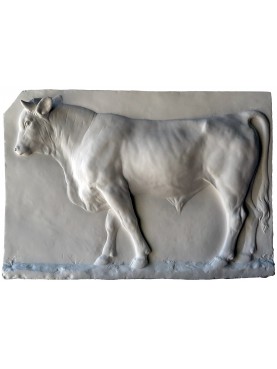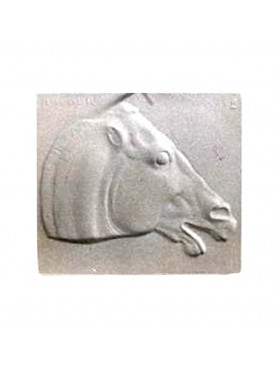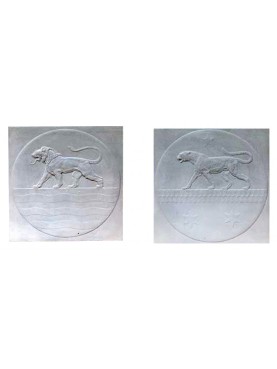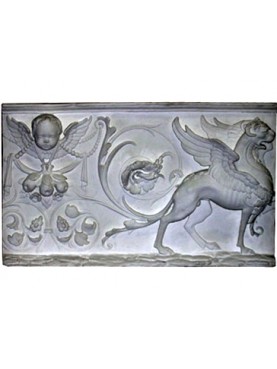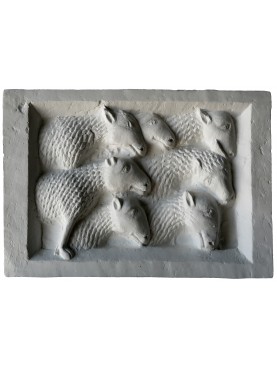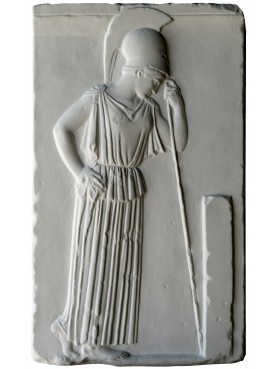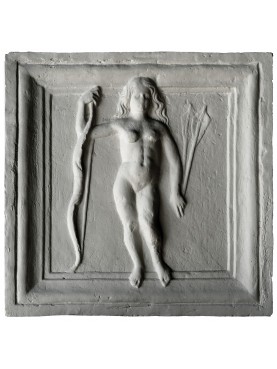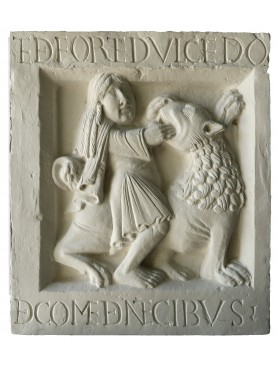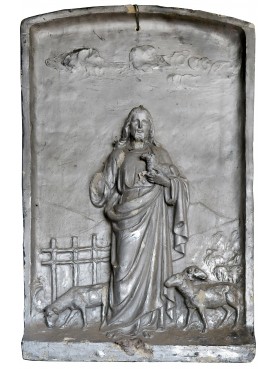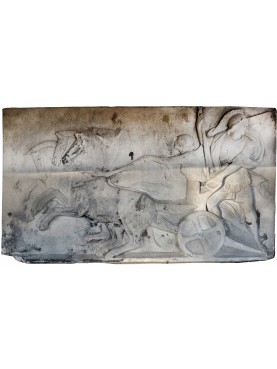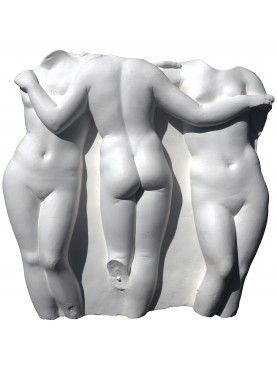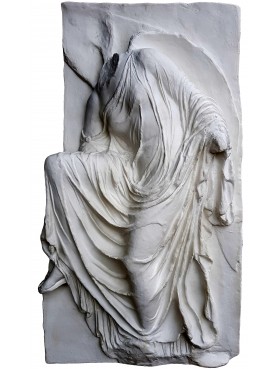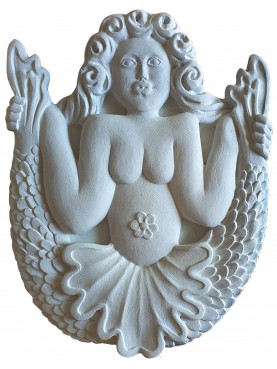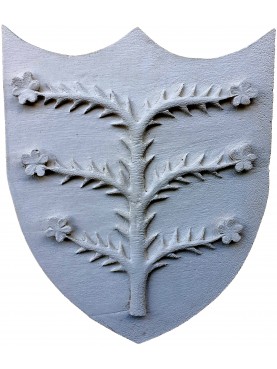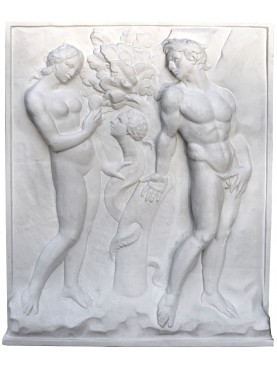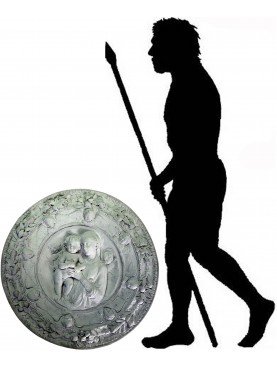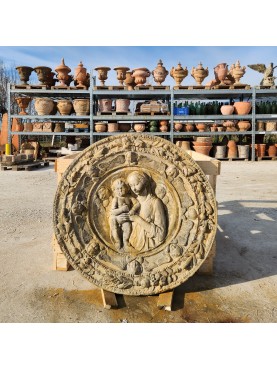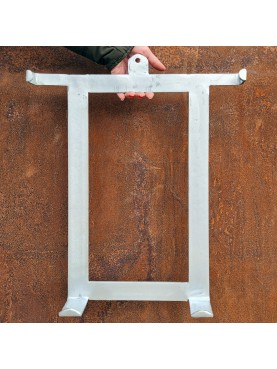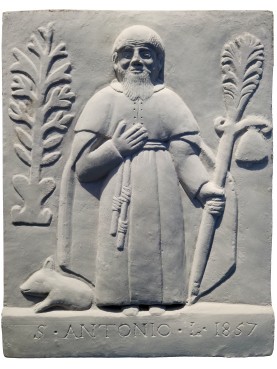The Battle of the Centaurs - Michelangelo Buonarroti - original ancient plaster
The Battle of the Centaurs - Michelangelo Buonarroti - original ancient plaster
15320
Original
Large ancient plaster bas-relief, 1:1 reproduction of the Battle of the Centaurs or Centauromachy which is a marble high relief (80.5x88 cm) by Michelangelo Buonarroti, dating back to around 1492 and preserved in the Buonarroti house in Florence. Interesting ancient plaster from the late 1800s, coming from the decommissioning of a famous factory in the Municipality of Signa (FI). Rare ancient plaster that bears the traces of time, we sell it as in the photo, NOT RESTORED, however upon request we can intervene with a conservative restoration on the object, even free of charge but in any case after a direct comparison with the customer. In particular, the upper part has some modest fractures that we can restore.
Also included in the price are 4 wrought iron staples identical to those made by Buonarroti.

1 Available
Warning: Last item in stock!
Data sheet
| Width | 27.95 in | 71 cm |
| Length | 35.43 in | 90 cm |
| Thickness | 4.72 in | 12 cm |
| Weight | 33.07 lbs | 15 Kg |
| Artist / Creator / Architect | Michelangelo Buonarroti | |
| Ancient manufacturing source | Florentine manufacture from 1800 | |
| Place where the original is exhibited | Casa Buonarroti, Florence | |
| Historical period | About 1492 | |
| Finish | Original patina | |
| Material | Ancient Plaster cast |
More info
The slab, framed by an irregular band, shows a mass of figures engaged in a confused fight. In the center stands out a young man with his arm raised, in the position that in Roman sarcophagi was reserved for generals on horseback. Around him develops a tangle of bodies that, in the most prominent figures, creates a sort of visual pyramid that has its apex right in his head. Among these more prominent figures in the middle band we see, from the left, a gray-haired man who is about to throw a large square stone, a man depicted entirely while twisting to the right, and a brawl of at least five main figures whose arms form an inextricable knot: one seen from behind drags a second by the hair, who is held by the waist by a third man who with his right arm grabs the shoulders of a group of two figures, a woman who strangles with her arm a man who is trying to free himself. More isolated, the battle rages between figures with less pronounced relief; further down we see the losers: a seated man shielding his head, a fallen centaur, a man collapsing and two fighters one on top of the other, in almost identical positions, with the one behind him throwing himself at the one in front armed with a stone.
The figures blend into each other, sometimes emerging forcefully from the background, sometimes just protruding, with an extraordinary ability to exploit the potential of marble to create different spatial planes. Aside from the mythological-literary inspiration, it is clear that the artist was especially interested in exploring the theme of the human nude, analyzed in different poses and in different situations of muscular tension, which later became one of the most peculiar themes of his art, just think of the Last Judgement. For this relief Michelangelo took inspiration from both Roman sarcophagi and the pulpit panels of Giovanni Pisano, and also looked at the contemporary bronze relief by Bertoldo di Giovanni, his teacher, in the garden of San Marco with a battle of knights (now in the Bargello), in turn taken from a sarcophagus in the Camposanto in Pisa. But it is clear that for Michelangelo the models, especially the ancient ones, are not a repertoire from which to fish to imitate, but rather the fruit of human myths and passions, whose expression, updated with awareness, allowed him to recreate the ancient with astonishing virtuosity. The references are however surpassed by the young artist, who exalts dynamism and anatomy, with fluid gestures and a notable compositional effectiveness.












